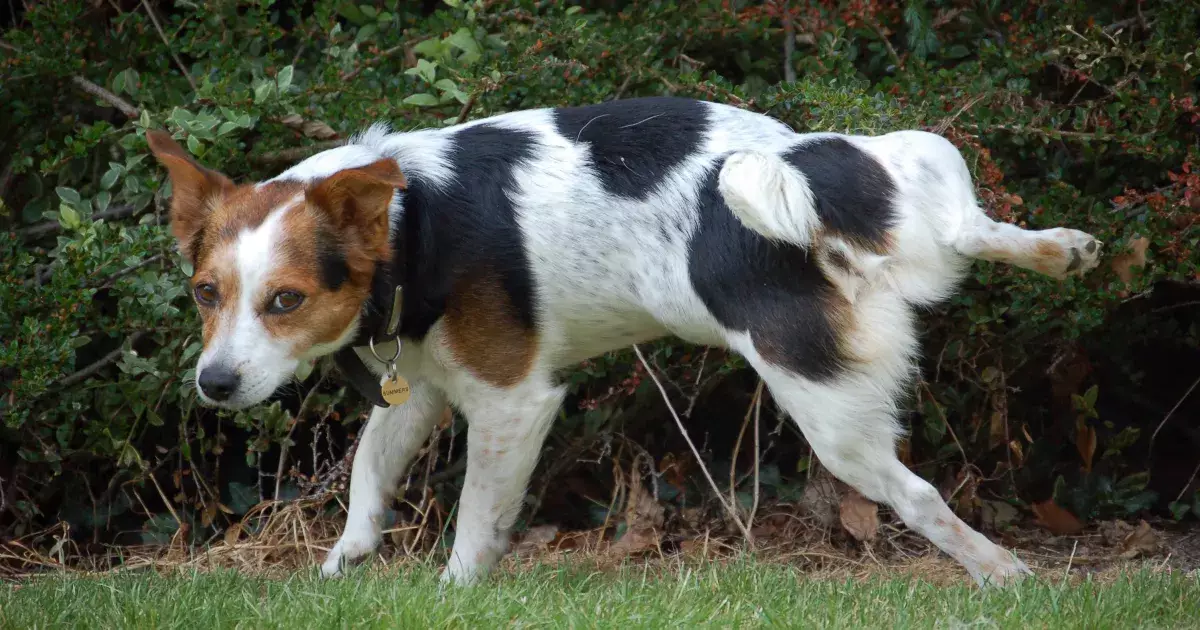Housetraining is one of the most important aspects of dog ownership. When you bring home a new dog or puppy, it is essential to start the housetraining process immediately. Establishing good habits early on can prevent a multitude of headaches down the line. This article provides a thorough examination of effective strategies for housetraining your dog, ensuring a smoother transition for both you and your furry friend.
The Importance of Early Training
Training your dog should begin the moment they cross the threshold into your home. Dogs, especially puppies, are impressionable and highly adaptable; therefore, instilling proper behavior patterns early can set the tone for their behavior in the future. A little effort invested in the beginning can save a significant amount of time, energy, and emotional stress later. By implementing a structured approach to housetraining from day one, you are creating a solid foundation for a lifelong respectful relationship with your pet.
Creating a Safe and Comfortable Space
Before you embark on the housetraining journey, it is crucial to prepare your home. Establish a respectful space for your dog by using a crate as their primary relaxation area. A crate, when utilized correctly, becomes a secure refuge for your dog, encouraging them to hold their potty until they are taken outside. Equip the crate with comfortable bedding and chews to keep them entertained. This method enables your dog to form a good association with their crate, further facilitating the housetraining process.
To simplify the training process, consider the following three-step approach to housetraining:
1. Routine Establishment: Create a consistent schedule for bathroom breaks. Take your pup out on a leash to a designated potty area at regular intervals throughout the day, especially after meals, play sessions, or naps. Dogs are creatures of habit, and consistency reinforces their understanding of where they should go.
2. Clear Commands: Use a specific phrase to signal to your dog when it is time to relieve themselves. Consistent commands like “Go potty” or “Do your business” help your dog develop an understanding of what is expected. Remain patient as they learn, allowing them a few minutes to become comfortable in the designated area.
3. Positive Reinforcement: Praise and reward your dog immediately after they successfully eliminate outside. A simple verbal affirmation accompanied by a treat helps your dog make the connection that going outside is desirable. Establish a system that includes keeping treats handy to reinforce the behavior that you want.
Dealing with Indoor Accidents
Mistakes are bound to happen during the housetraining phase. It’s important not to react with frustration or anger should your dog have an accident indoors. Instead, promptly and calmly clean up the mess, ensuring that you do not punish the animal. By remaining consistent and understanding, you will maintain a trusting relationship with your dog and avoid creating fear around the potty experience.
In cases where you notice signs that your dog is about to eliminate, such as circling, sniffing, or whining, prompt them to their designated toilet area. If they begin to eliminate away from the designated spot, distract them gently by using their name or clapping, then lead them to the appropriate location.
If your pup is old enough, typically around three months, you can begin the transition to outdoor potty training. Start by applying the same three-step process in your yard or designated potty area outside. Ensure you stick to this routine to make the transition smooth, and continue to provide praise and rewards for successful eliminations outdoors.
Once your dog knows where to go, gradually increase their freedom indoors, allowing them more time outside of the crate. Monitor their behavior closely, and if they display signs of needing to go, redirect them promptly. This will help to further reinforce the idea of appropriate locations for elimination.
Housetraining requires patience, consistency, and a positive outlook, but the long-term benefits are profound. A well-trained dog brings harmony to any household and reduces the chaos that can arise from accidents and misunderstandings. By investing your time and energy into effective training methods, you not only create a more enjoyable living environment but also foster a deep bond of trust and respect between you and your dog.
The journey of housetraining your dog does not have to be fraught with challenges. With a well-structured plan and a commitment to rewarding good behavior, you can set your dog on the path to success. Remember, the effort you put in today will yield a well-behaved companion for years to come.


Leave a Reply